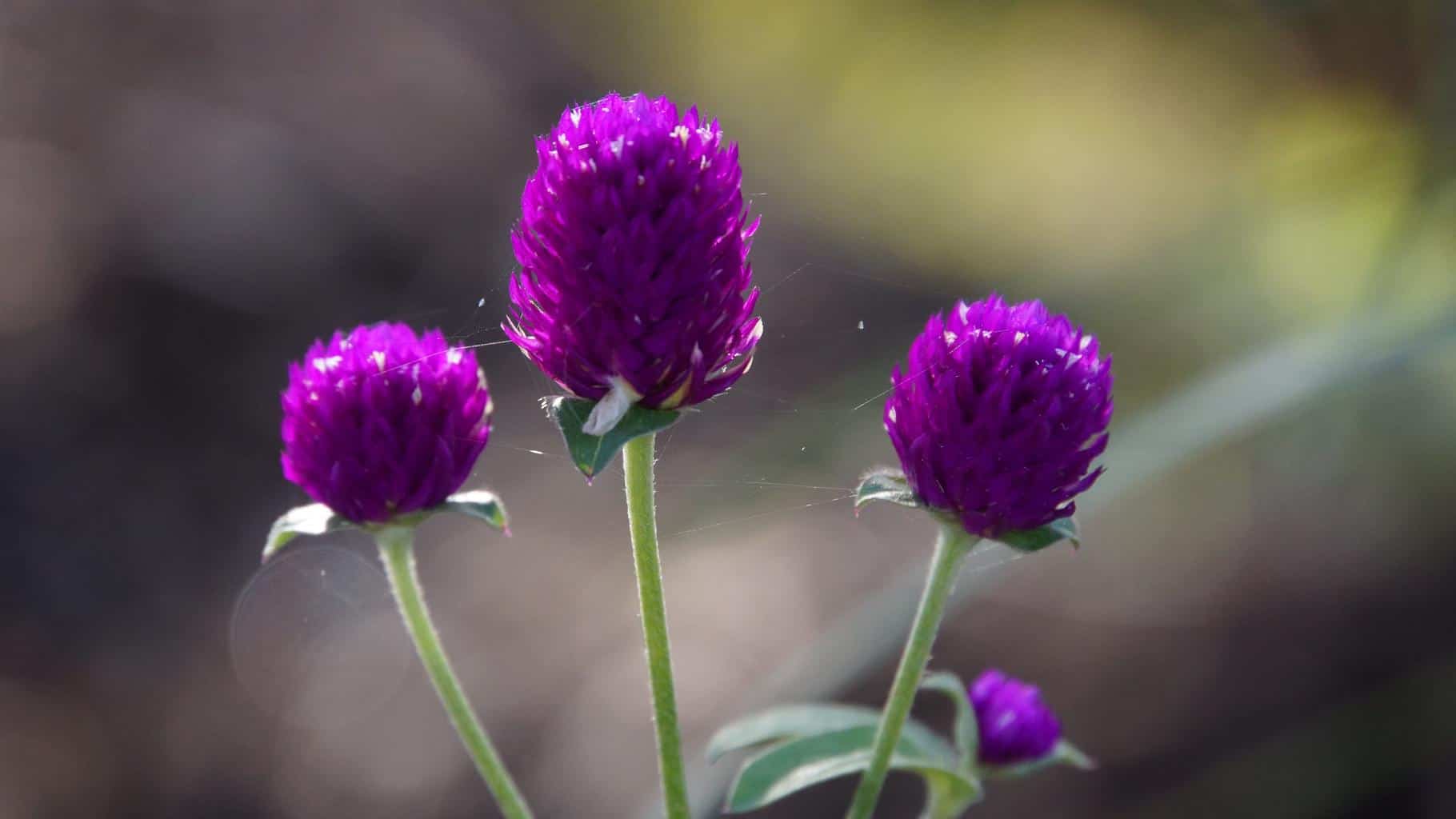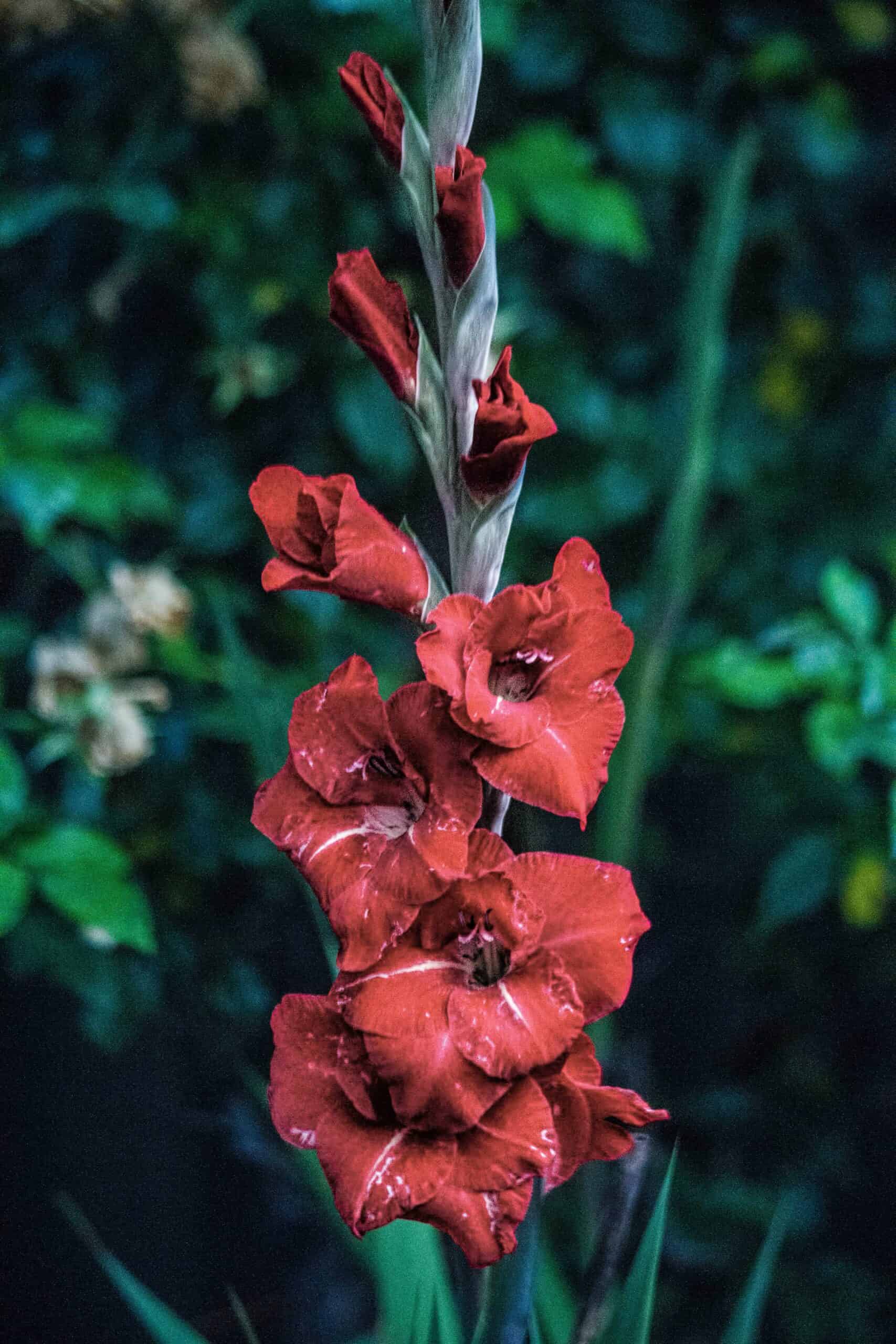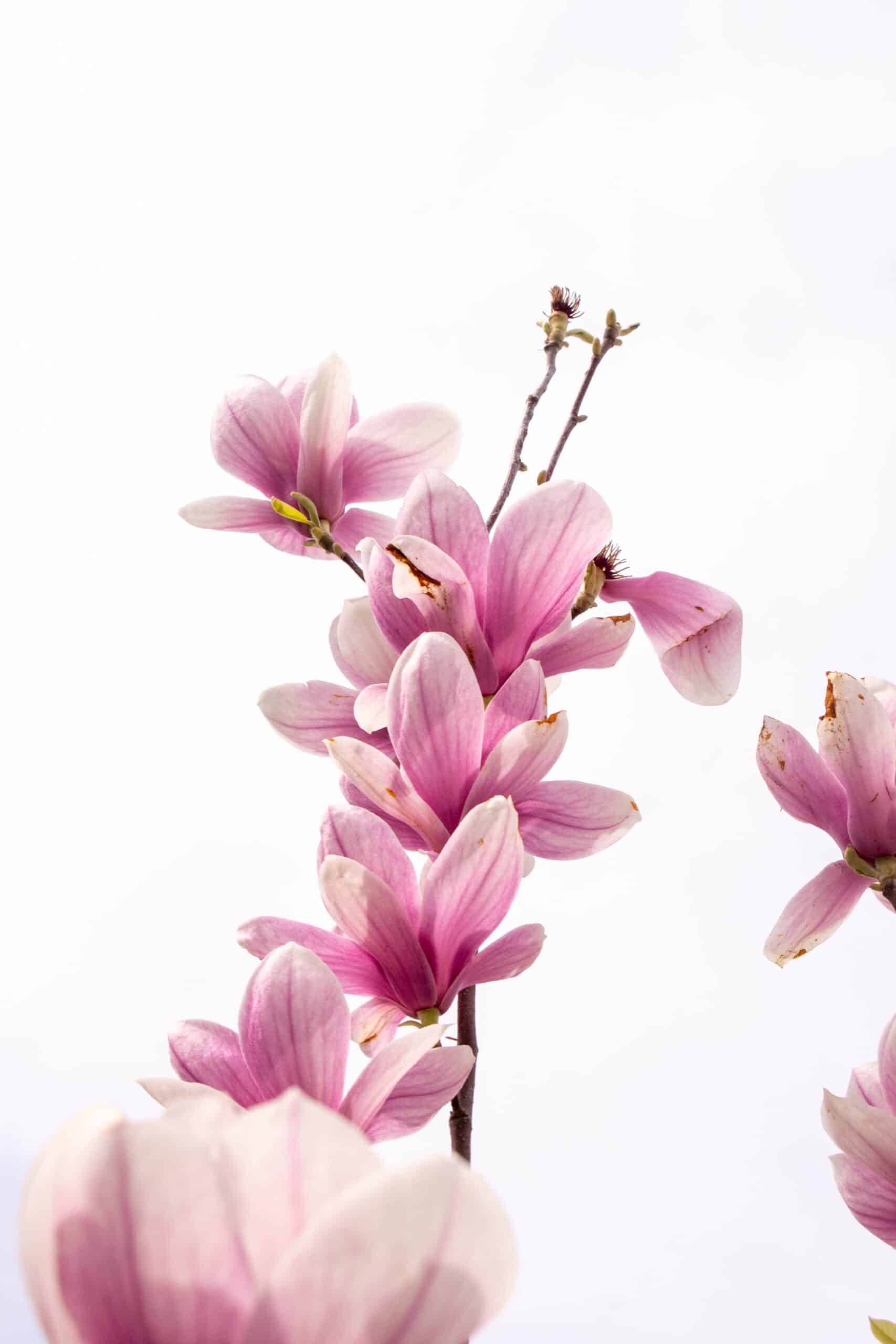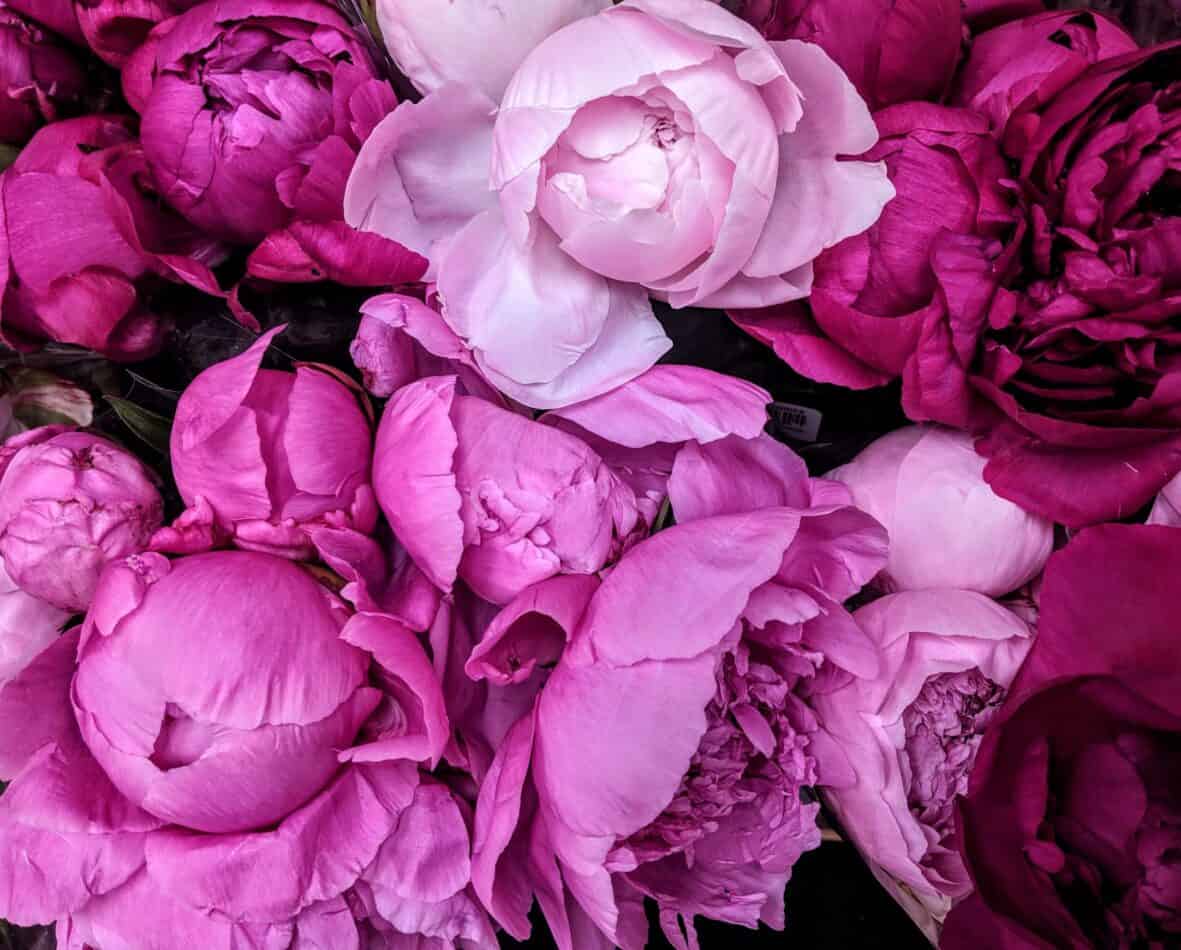Amaranth flower and symbolism are rooted in ancient history. The Amaranth plant is native to North America and Mexico and has been used for centuries as an essential food and medicine. Amaranth is rich in protein, fiber, iron, calcium, magnesium, phosphorus, vitamin A, B6, C, E, K, manganese, niacin, riboflavin, thiamine, zinc, copper, and selenium. It is often used as a staple grain in developing countries. Amaranth is also a source of gluten-free flour.
Amaranth has been used for centuries by people in biblical times, and Jesus Christ might have eaten this cereal grain during his lifetime. Amaranth means “eternal.”
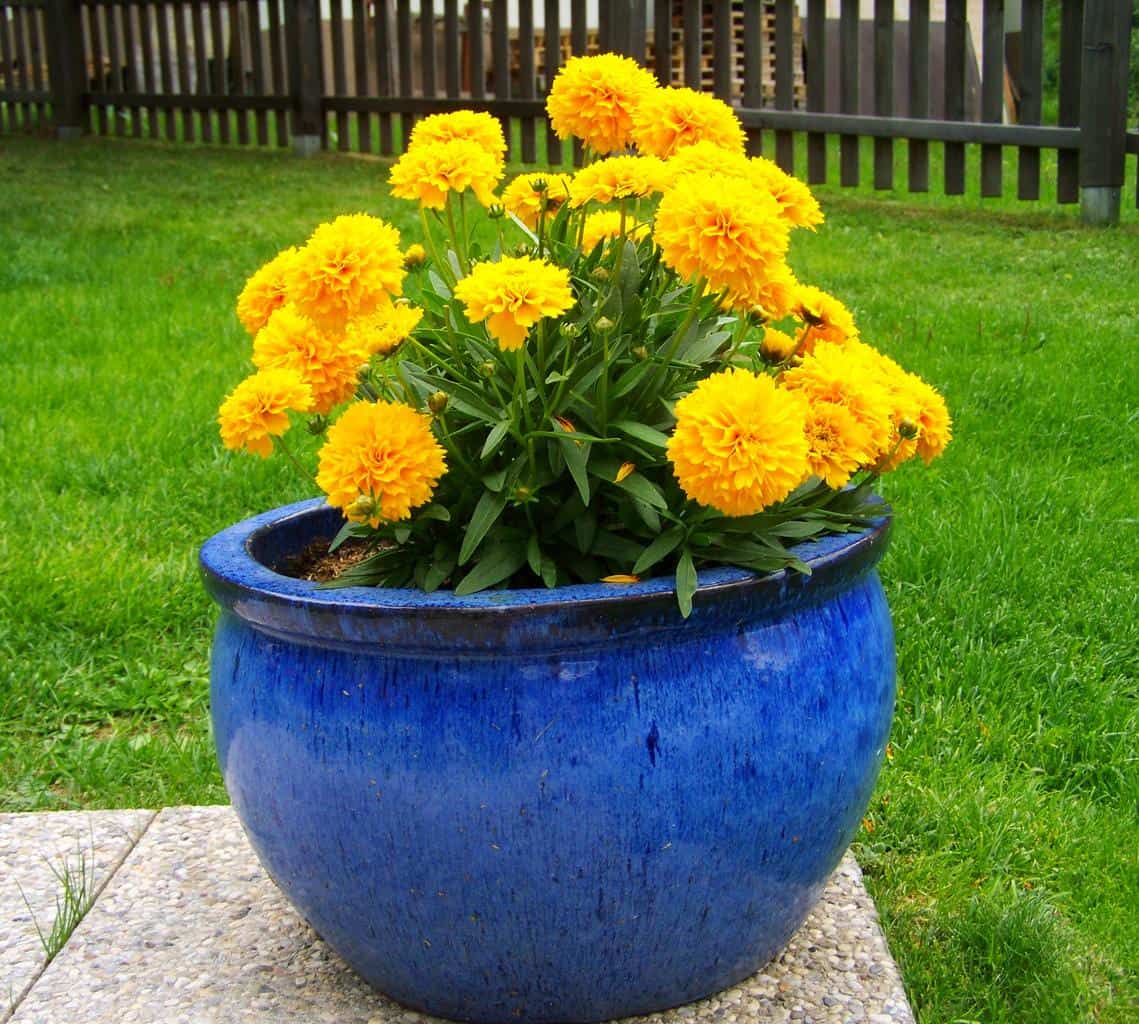 What Does Amaranth’s Value
What Does Amaranth’s Value
Amaranthus is often called pigweed because its seeds resemble those of the wild pigweed. Amaranthus is a sunflower family member (Asteraceae), along with other members like dandelion, chicory, and lettuce. It grows best in warm climates and does not tolerate frost. Amaranth is commonly grown as a green vegetable crop and is available year-round. Its leaves are rich in vitamins A and C, iron, calcium, phosphorus, magnesium, potassium, and zinc. Amaranth is also high in protein and fiber.
Amaranth Flower Meaning and Symbolism
Amaranth plants grow quickly and produce large amounts of seeds, making them useful as a grain crop. Amaranth is also commonly grown as an ornamental plant because its bright green foliage and yellow flowers are attractive garden additions. Amaranth is sometimes called “the living fossil” because it is related to spinach and quinoa, two ancient grains that are still cultivated today. Amaranth is considered to be a symbol of longevity and immortality.
Amaranth Flower Cultural Significance
This flower has been used as a symbol for eternity since ancient times. It was often depicted in art and sculpture and was associated with beauty and power. It was also thought to represent immortality or eternal life. Amaranth has become a symbol of fertility and prosperity too. It is frequently seen at weddings and other celebrations. Some people believe that wearing amaranth brings good luck.
- Ancient Greeks have used it as one of the symbols of their country because it was among the wildflowers they found growing on Mount Parnasus. This flower is often associated with immortality or eternal life. This symbolism can be found in many sculptures, jewelry pieces, pottery, and artworks from ancient Greece, as it was a popular signifier for beauty and power.
- Amaranth is thought to have originated in the highlands of South America. It was once consumed as a drink by the Incas and the Aztecs but eventually lost popularity. Because it contains nitrates, amaranth was believed to be poisonous because it causes methemoglobinemia or “blue baby syndromes.”
- It was one flower that sprang up from the blood spilled when Adonis died in Greek mythology. The Greeks were fond of using amaranth in their religious ceremonies. They would use the flowers in offerings to Aphrodite, the goddess of love. In addition, they made wreaths out of the flowers and wore them around their necks. The Romans used amaranth as a dyeing agent.
- The Egyptians also used amaranth as part of their religious rituals. They used amaranth to make perfume and incense. They also used flowers as food and medicine. The Egyptians believed that eating amaranth could help prevent disease and prolong life.
- In China, amaranth was used as a ceremonial offering to the gods. It was also used to make wine.
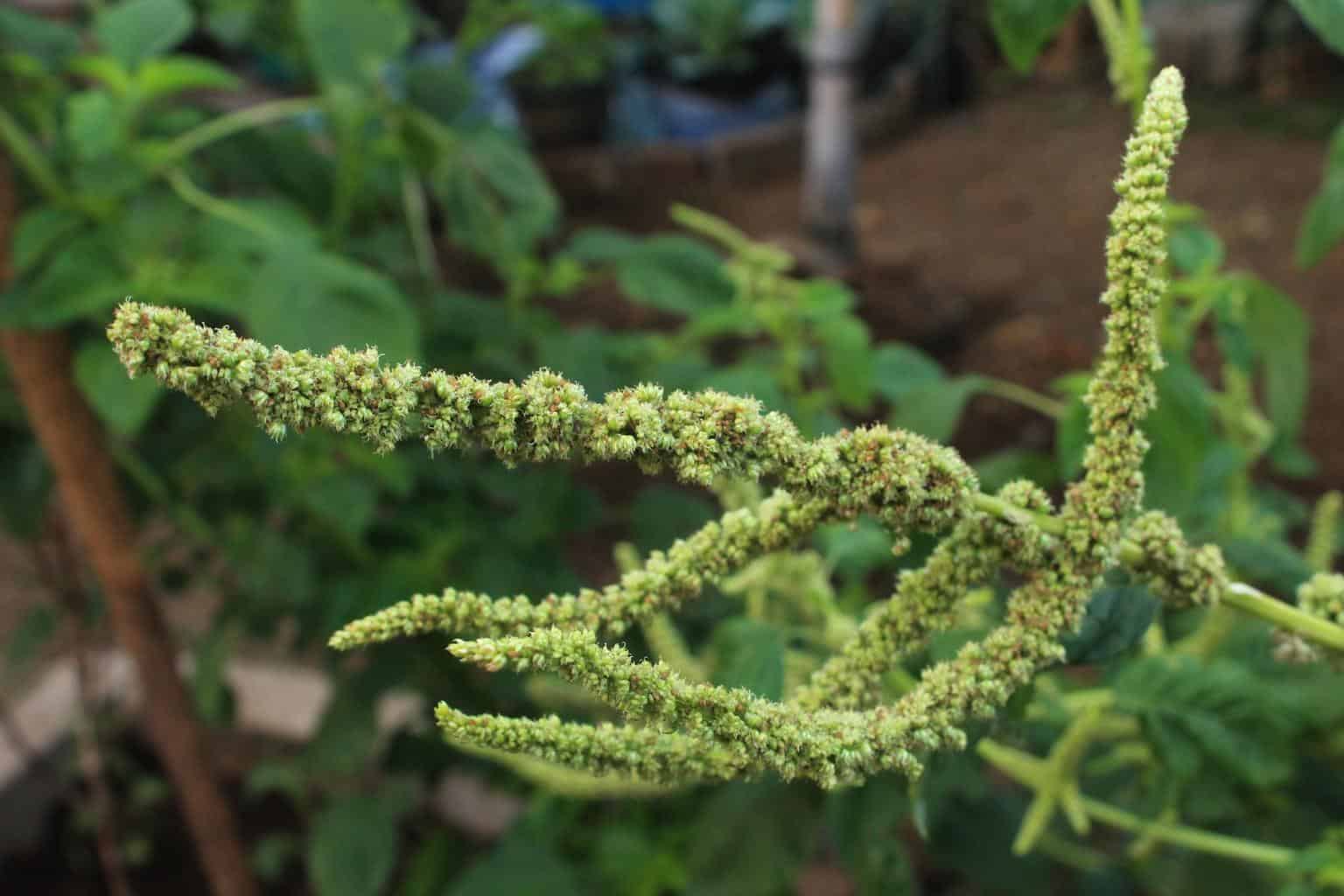 Amaranth in Cooking
Amaranth in Cooking
Amaranth is often referred to as “living fossils” because its closest living relatives are extinct. It is sometimes called “the poor man’s spinach.” Its seeds are edible and nutritious. Amaranth is cultivated for its seed heads, harvested before they mature.
Today, amaranth is widely cultivated throughout the world. It is grown commercially for its seeds, which are eaten like popcorn. It is also planted as an ornamental plant.
Amaranth is known by several names depending on the region where it grows. In Latin, it is called Amaranthus, while in Spanish, it is called alcarrozo. In French, it is called marigolde d’Amérique; in Italian, it is called amaranto; and in German, it is called Ameranth.
There are two types of amaranths: red and yellow. Red amaranth (Amaranthus retroflexus) is native to North America and Central America. Yellow amaranth (A. caudatus), however, is native to Africa and Asia. Both plants are annual herbs that grow to about 1 meter tall.
Red Amaranth
Red amaranth is commonly used in salads, soups, stews, and casseroles. It has a mild flavor and makes an excellent base for any dish. Its leaves contain vitamins A, C, E, K, B6, folate, calcium, iron, magnesium, phosphorus, potassium, zinc, copper, manganese, and selenium.
Yellow Amaranth
Yellow amaranth is usually cooked whole. It has a strong taste and is best served as a side dish. It is rich in vitamin A and provides more than 100% of the daily requirement for this nutrient. It is also very nutritious.
Both varieties of amaranth have similar nutritional values. However, red amaranth has more protein than yellow amaranth.
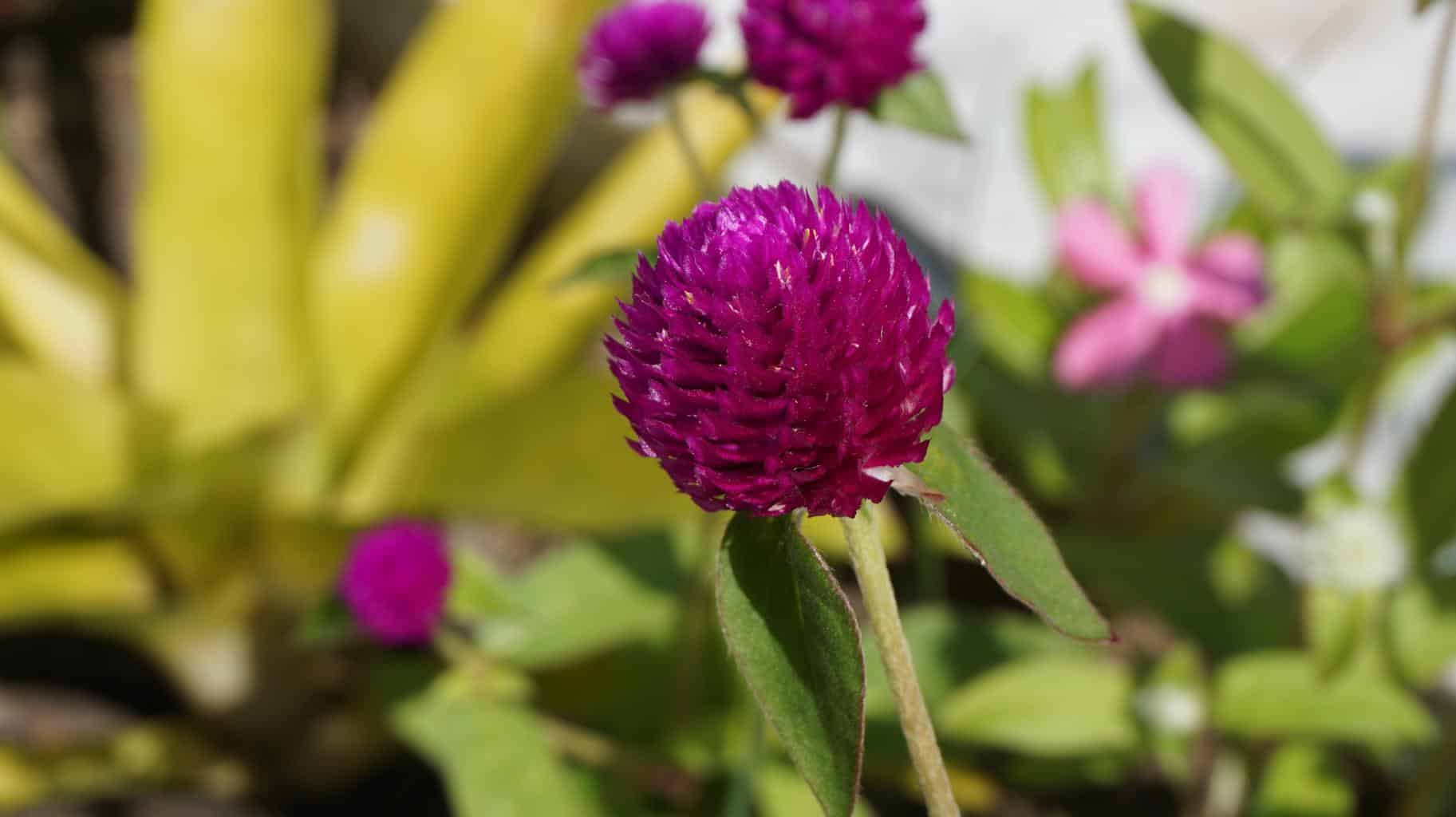 Amaranth Tattoo Symbolism
Amaranth Tattoo Symbolism
Amaranth tattoos are a symbol of strength and endurance. Some people choose to get them because they want to remind themselves that they will always be strong and healthy. Others get them because they want a permanent reminder of their eternal youth. The amaranth flower is said to grow forever, and it’ll never wither away. These characteristics make it a popular choice for those looking to immortalize their lives.
When Should You Give Someone an Amaranthus Flower?
Amaranthus is a beautiful plant that grows in many different colors. It has a long history of symbolism. Some say it represents immortality, while others think it means to hope. It is believed that giving someone an amaranth plant can mean you admire them, like them, and want them to stay happy. It can also be a gift of friendship or love. Amaranth is often given at weddings because it brings happiness and luck to the couple.
What we love from Amazon this week
Buy these wonderful flowers directly from Amazon:


